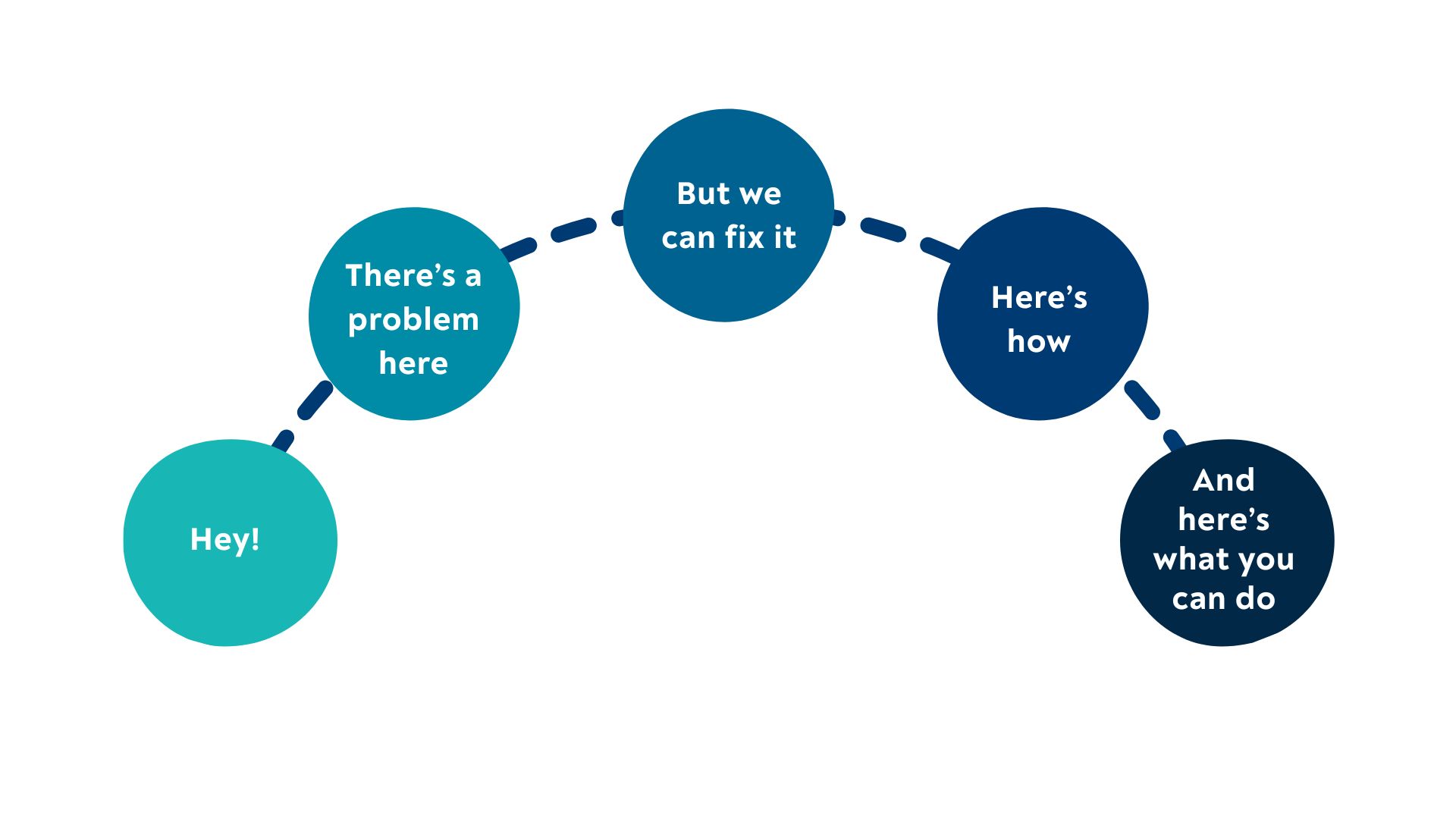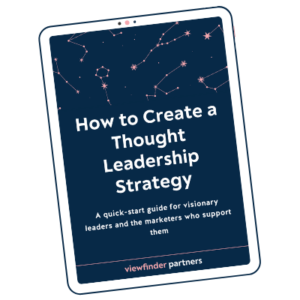Do you need a more compelling way to talk about your work?
Let’s say you’re talking to a group of colleagues about your latest project. It’s exciting work that you love. But…30 seconds in, you notice people’s eyes start to glaze over.
That reaction is a bummer, but it doesn’t mean your work isn’t interesting. You just need a different way to talk about it.
Enter storytelling structures. In my fiction writing class, we learn about different plot arcs our stories might follow, like “Man in a Hole”: The protagonist starts out happy, then they fall in a proverbial hole, like Dorothy in The Wizard of Oz. The rest of the story follows their journey to get out of the hole and end up better than they started.
You don’t need to be writing a novel to use classic storytelling structures. When I help people write keynote speeches about their work, I often lean on “Monroe’s Motivated Sequence” to give their talk the right elements of drama and forward momentum.
Monroe’s Motivated Sequence

This five-step sequence organizes your story from a jumble into a compelling arc.
1. Grab attention (Hey!)
Before launching into your story, get your audience’s attention.
2. Define the need (There’s a problem here)
Now that you have the audience’s attention, define the problem. Use simple, accessible language and practical examples. Help your audience consider how this problem shows up in their lives.
3. Satisfy the need (But we can fix it)
Now, your audience is ready for a solution. Position yourself as the expert with the answer, and explain the solution in clear, bold terms.
4. Visualize the solution (Here’s how)
Break down the specifics of your solution using examples that apply to your unique audience.
5. Call to action (And here’s what you can do)
Now that the audience understands the problems and solutions, break down how individual listeners can apply your fix. Challenge them to take action. Repeat the steps of action they can take.
Could you try talking about your latest project using these 5 steps?
Salespeople are used to framing their work this way (Hey! Here’s the problem I see people having. Here’s the answer, how I could fix it, and how we can get started.). But anyone can try this storytelling framework to turn a long anecdote into a clear message with a beginning, middle, and end.







